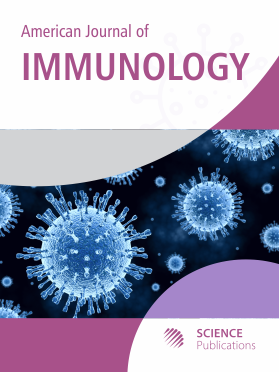The Serological Gastric Biopsy: A Non-endoscopical/Histopathologic Diagnostic Approach in Management of the Dyspeptic Patients
- 1 Cairo University, Egypt
- 2 National Hepatology and Tropical Medicine Research Institute, Egypt
Abstract
Objective: To asses the sensitivity, specificity and the predictive value of a 'gastropanel' blood test, including serum pepsinogen I (S-PGI) and amidated gastrin-17 (S-G-17) in the diagnosis of atrophic gastritis most probably due to helicobacter pylori (Hp) and to compare the results of serology with the endoscopic/histopathologic findings as a gold standard diagnostic tool. This study comprised 86 dyspeptic outpatients who underwent a diagnostic gastroscopy with multiple biopsies from the antrum and corpus for histopathologic examination. Histopathologically, the series of cases included 46 patients diagnosed as having atrophic gastritis. Twenty five had an antral atrophy, 6 had corpus atrophy and 15 patients had an atrophic gastritis in both the antrum and corpus (multifocal atrophic gastritis) MAG. The remaining 40 cases were considered as controls, 32 had a non-atrophic gastritis (NAG) and both the antrum and corpus were normal and healthy in 8 subjects. The fasting levels of S-PGI and antibodies to Hp IgG-antibodies (S-HpAb) and postprandial amidated S-G-17 (S-G-17prand) were measured 20 min after a protein-rich drink and were determined using enzyme immunoassay (EIA) methods. The serologic and morphologic results were compared with estimating the sensitivity, specificity, positive and negative predictive (PPV and NPV) and accuracy values of the tests (S-G-17 and S-PGI). Mean values of both S-G-17prand and S-PGI decreased with increasing grade of antral and corpus atrophy, respectively. A low S-PGI (<25 mg L-1) was found in 4 of 6 patients with corpus atrophy (66.70%) and in 5 of 32 (15.62%) patients with NAG in the biopsy specimens. A low S-G-17prand (<5 pmol L-1) was found in 13 patients with Hp-associated antral atrophy and in 5 of 32 (15.62%) patients with NAG. The diagnosis of gastritis obtained with the blood test panel is in good agreement with the endoscopic and biopsy findings: 92% of the patients went into same gastritis categories with both the panel and endoscopic/histopathologic findings. The sensitivity, specificity, PPV, NPV and accuracy values of the blood test panel (S-G-17prand and S-PGI) in delineation of patients with atrophic gastritis (either in the antrum or the corpus, or both) versus NAG and normal stomach were 87.5, 82.60, 81.40, 88.40 and 85% respectively. Low levels of S-G-17prand and S-PGI are conceivable biomarkers of atrophic gastritis. The serologic method gave a reasonable sensitivity, specificity, PPV, NPV and accuracy values in the diagnosis of atrophic gastritis. So, it may be offered as the screening tool for atrophic gastritis.
DOI: https://doi.org/10.3844/ajisp.2006.88.96

- 5,522 Views
- 3,784 Downloads
- 1 Citations
Download
Keywords
- Atrophic gastritis
- endoscopic/histopathologic
- serum Helicobacter pylori
- pepsinogen I
